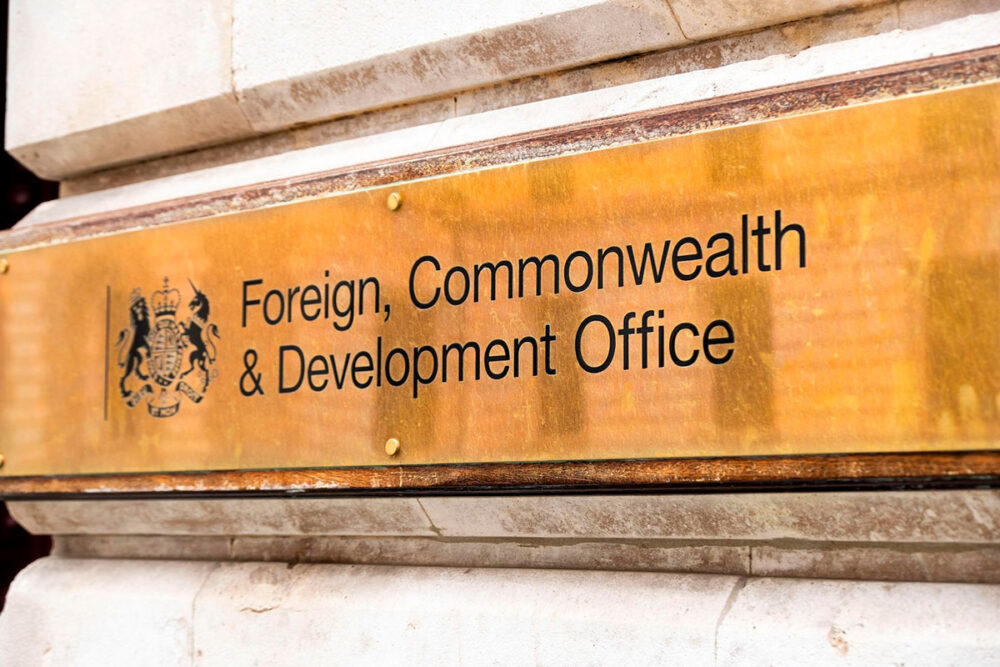Background to the report
The UK invoked Article 50 of the Lisbon Treaty on 29 March 2017; as a result, it is scheduled to leave the European Union (EU) on 29 March 2019. The government is negotiating the terms of withdrawal with the EU, including the transition to a new relationship. The first phase of the negotiations included discussion on what the UK will pay towards the net commitments and liabilities that the EU entered into when the UK was a member state: the financial settlement.
Jump to downloadsIn January 2018, the Chancellor of the Exchequer wrote to the Treasury Select Committee setting out a ‘reasonable central estimate’ of the settlement’s value of between £35 billion and £39 billion. HM Treasury made its estimate to provide some understanding in monetary terms of what the government had agreed with the Commission, given that the joint report published by the government and the European Commission in December 2017 setting out the principles underpinning the financial settlement does not contain monetary values.
Content and scope of the report
This report forms part of our programme of work to examine how the government is overseeing and implementing the UK’s exit from the EU. It is our first report on the financial settlement and aims to support Parliamentary scrutiny of HM Treasury’s estimate of the financial settlement. We have not assessed the value for money of the settlement itself, nor how effectively HM Treasury negotiated the principles of the settlement. The report has three parts:
- Part One explains the settlement within the context of the wider negotiations on the UK’s withdrawal from the EU, and how much the government expects the settlement to cost
- Part Two assesses HM Treasury’s estimate of the settlement, clarifying how it has been calculated and describing the uncertainties that could cause its value to be different from that estimate
- Part Three sets out those aspects of the financial settlement that are still to be finalised and those areas where the value of the settlement could be affected by future EU decisions.
Report conclusions
We have reviewed the reasonableness of HM Treasury’s published estimate of the cost of the financial settlement. This estimate, a range of £35 billion to £39 billion, was intended to provide some monetary understanding of what had been agreed in the joint report. HM Treasury based the estimate on published data and made assumptions around which costs related to the financial settlement, such as excluding payments for the European Development Fund. Given these parameters, we found the estimate to be reasonable. However, there are some qualifications that it is important to understand.
Future events will determine significant elements of the settlement’s cost including the value of the EU’s future liabilities and commitments, and what share of those the UK will pay. It is understandable therefore that the range of uncertainties were not fully reflected in HM Treasury’s estimate. This means relatively small changes in events could push the cost of the settlement outside HM Treasury’s published range.
This report seeks to increase understanding of HM Treasury’s estimate and the uncertainties within it. We will do more work as the ongoing negotiations continue and details of the settlement are finalised. We have identified a number of issues HM Treasury will need to consider to ensure that the interests of the UK taxpayer are protected as it implements the settlement.
“We have reviewed the Treasury’s estimate of how much the UK will pay the EU under the draft withdrawal agreement. The estimate reflects a number of moving parts, so the range of costs in it could have been wider than £35 billion to £39 billion. But overall we think it is a reasonable estimate.
“As the vote on the draft withdrawal agreement approaches we expect that government will provide a substantial amount of material for Parliament to consider. We will support Parliament in this scrutiny by providing independent assurance.”
Amyas Morse, the head of the NAO
Downloads
- Full report - Exiting the EU: The financial settlement (.pdf — 333 KB)
- Summary - Exiting the EU: The financial settlement (.pdf — 91 KB)
- ePub - Exiting the EU: The financial settlement (.epub — 1 MB)
Publication details
- ISBN: 9781786041869 [Buy a hard copy of this report]
- HC: 946, 2017-19
Press release
View press release (20 Apr 2018)


